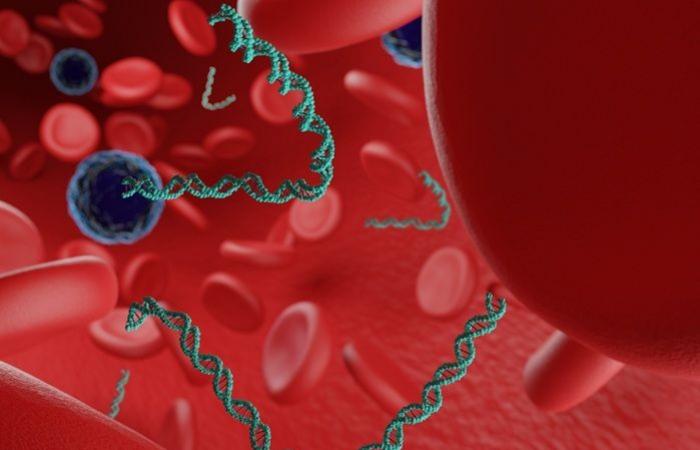Image: The study helps clarify the ideal moment for ADNTC tests after a surgical procedure (Shuttersock courtesy photo)
The detection of circulating tumor (ADNTC) DNA after treatment is a solid recurrence indicator in colorectal cancer (CCR), but often goes unnoticed due to the low presence of ADNTC in the blood. If detected in time, blood biomarkers could provide crucial information that would be valuable for clinical decision making. Now, the provisional results of the Victori study, presented at the Annual Meeting of the American Association for Cancer Research (AACR) of 2025, show that an ultrasensitive liquid biopsy test based on ADNTC can detect signs of recurrence before obtaining images and providing prognostic value within one month after surgery in patients with CCR.
The Victori study, directed by BC Cancer (Vancouver, BC, Canada), seeks to determine the optimal time for the detection of ADNT and predict recurrence after surgery in patients with CCR. This provisional prospective analysis included 71 patients with resectionable CCR, including 52 with disease in stages 1-3 and 19 with stage in stage 4. The researchers created custom panels derived from tumor tissue with up to 1,800 somatic variants for each patient. Liquid biopsies were taken before surgery, every two weeks for eight weeks after surgery and every three months for a maximum of three years, which were subsequently analyzed by the personal Next test. The 33 patients with disease without prior treatment in stadium greater than 1 presented ADNTC detectable before surgery.
Of the 65 evaluable patients for clinical results, 23 experienced clinical recurrence. The vast majority (87 %) of these patients were adntc-positive within the post-surgical period of eight weeks during which adjuvant chemotherapy is typically administered. Surprisingly, all patients with clinical recurrence had adntc-positive results before recurrence was detected by reflex images, with a median 198 days before, even in metastatic sites that are difficult to detect, such as lung. A patient showed ADNTC recurrence 416 days before clinical recurrence. The researchers found that the ADNTC was detectable at levels as low as 2 parts per million (PPM). The median level of ADNTC in the first detection was 24.4 ppm, with the highest in 111,120 ppm. The highest levels of ADNTC in the first detection were associated with shorter times until clinical relapse. The study is still recruiting more patients and researchers anticipate that this will improve the precision of the results and guide future prospective studies that use ADNT as a point of decision for clinical management and care.
“After surgery, ADNTC -based liquid biopsies can help identify patients that would benefit more than an additional treatment,” said Dr. Jonathan Loree, MD, MS, medical oncologist at BC Cancer and study principal researcher. “Alternatively, this could help patients with a good prognosis to avoid toxicities of unnecessary chemotherapy. By monitoring patients to detect recurrences, liquid biopsies can continue to support clinical care and allow more patients to undergo second healing surgeries to eliminate early recurrences.”
Related links:
BC Cancer






